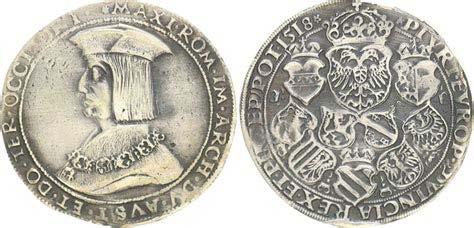
2 minute read
THE DEBAUCHERY OF CURRENCY - A Bloody History of Money
THIER'S LAW
Strong currencies, meaning ones that retained their precious metal value over long periods, tended to dominate and drive-out weak (that is, less reputable) ones. The florins and ducats of the Italian city-states were widely accepted. Likewise, the dollar's ancestor, the thaler, became dominant in Europe centuries later. The increased acceptance and circulation were not because they were bad coins. It is because they were among the best coins ever made, and there were no artificial constraints on their exchange value.
Advertisement
A good example is the case of commodity money versus representative money. When commodity money and fiat money are both accepted in a market, people will tend to hoard the commodity money while using the fiat money for transactions: in other words, paper money is for spending and gold money is for saving. This is because commodity money is more valuable and is less subject to inflation, while fiat money is less valuable and can lose its purchasing power over time.
This concept, known as Thier’s Law, has relevance to cryptocurrency, where the value of different digital currencies can fluctuate widely. In this case, people may be more likely to adopt the cryptocurrency that is more valuable (meaning it is more widely accepted). This can lead to a situation where the less valuable cryptocurrency becomes a day-traded gambling instrument, held for short periods and valued only for its ability to generate quick profits. Meanwhile, the more valuable cryptocurrency is hoarded and increases further in value.










